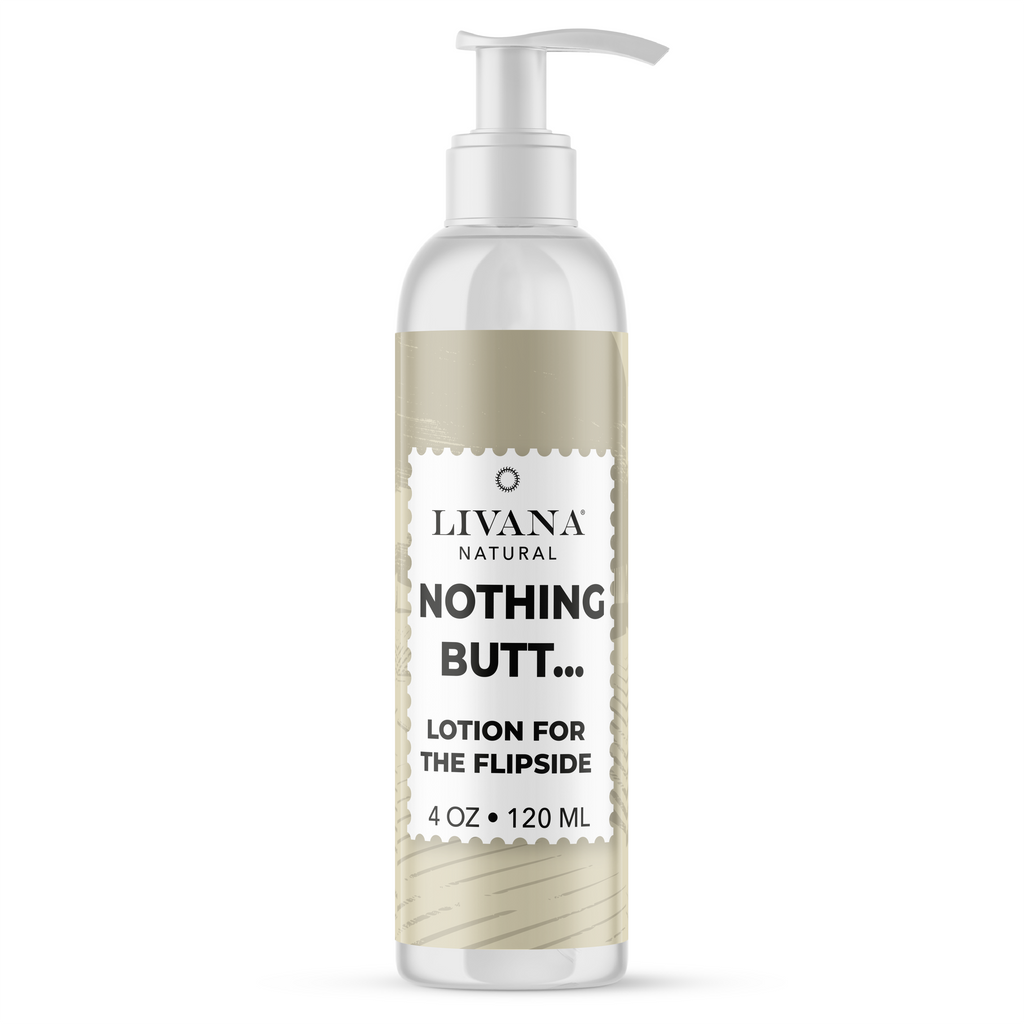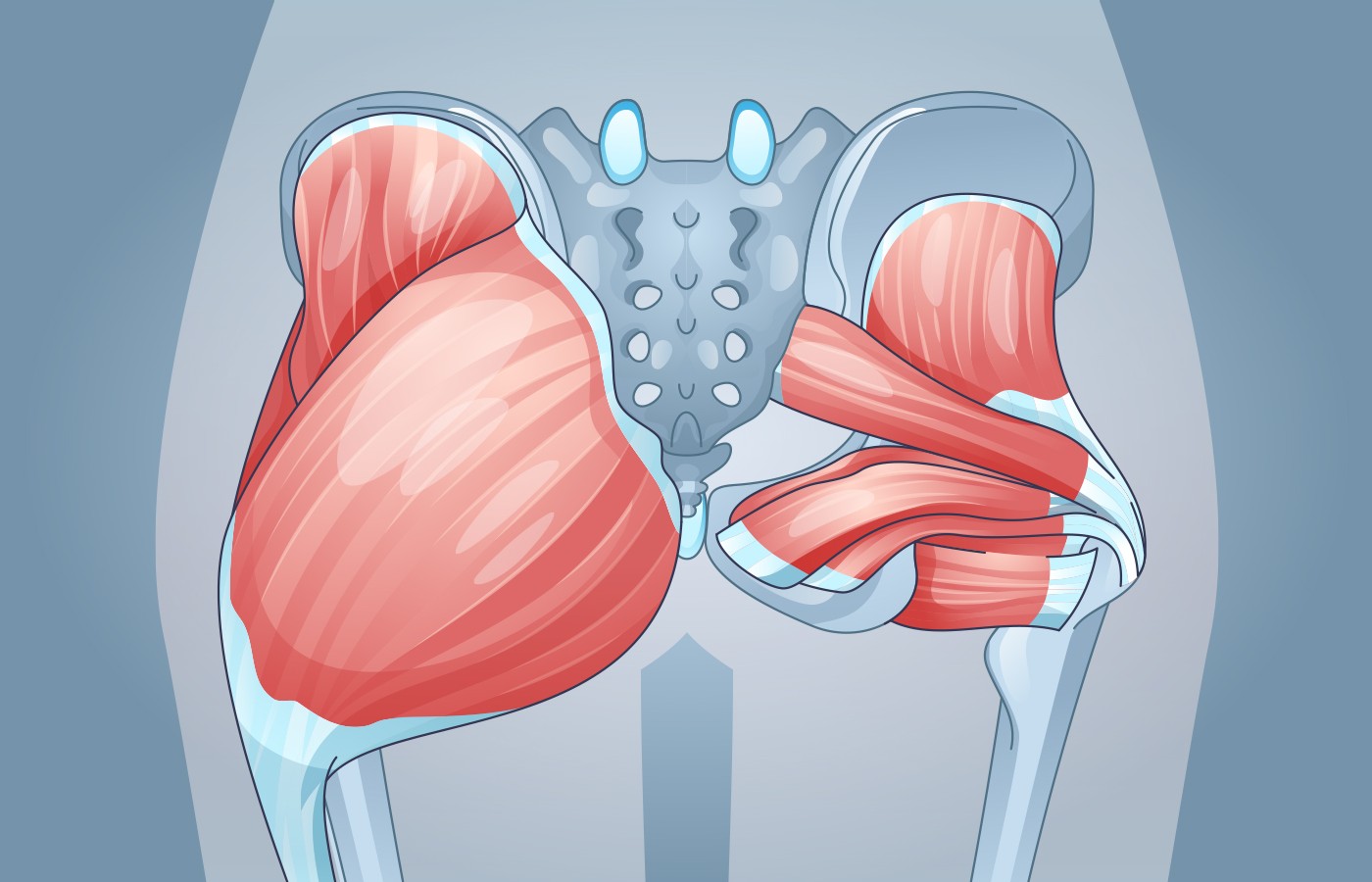What Muscles Are Used When Performing Butt Kicks Effectively?
When it comes to enhancing your workout routine, it is essential to understand the dynamics behind specific exercises. One question that frequently arises is what muscles are used when performing butt kicks? This movement, while deceptively simple, engages a variety of muscle groups. Understanding these can help beauty professionals, such as beauticians, emphasize on not just aesthetics but also functional health in their practice.
Butt kicks are more than just a fun exercise. They are particularly great for individuals looking to tone their legs and enhance their gluteal muscles. Recognizing the muscles you are working out with this movement can lead to better techniques and improved results. In this piece, we will delve deep into the anatomy involved in butt kicks and explore their benefits, ensuring that you leave with a thorough understanding of this exercise.

The Anatomy of Butt Kicks
Understanding what muscles are used when performing butt kicks requires a look into the anatomy involved in this exercise. Butt kicks engage several muscle groups, primarily focusing on the posterior chain. This includes:
- Gluteus Maximus: The largest muscle in the buttocks, it plays a crucial role in hip extension.
- Hamstrings: Located at the back of the thigh, these muscles flex the knee joint and aid in propelling the leg upwards.
- Quadriceps: Situated at the front of the thigh, helping with leg extension during the movement.
- Hip Flexors: These muscles, particularly the iliopsoas and rectus femoris, are responsible for lifting the legs.
- Calves: The gastrocnemius and soleus muscles assist in stabilization during the exercise.
Breaking Down the Movement
To better understand the muscles involved, lets break down the movement of butt kicks. Start in a standing position with feet shoulder-width apart. As you jog in place, aim to kick your heels towards your posterior. This action contracts the hamstrings and glutes while requiring assistance from the hip flexors and quadriceps to maintain proper posture.
As you initiate each kick, focus on squeezing your glutes at the top of the movement. This engagement is crucial for maximizing the emphasis on these muscles. Additionally, the hamstrings are required to perform the flexion and extension of the knee, enhancing both strength and endurance.

Benefits of Performing Butt Kicks
Now that weve established what muscles are used when performing butt kicks, its essential to explore the benefits of incorporating this exercise into your fitness routine as a beautician. These advantages are not just physical but extend to functional health and overall well-being.
Enhanced Leg Strength
Butt kicks primarily target the hamstrings and glutes, which contribute significantly to leg strength. Increased leg strength can improve overall body stability, vital for beauticians who spend prolonged periods on their feet.
Improved Cardiovascular Health
This exercise elevates your heart rate, enhancing cardiovascular fitness. For beauticians, maintaining stamina throughout long work hours is essential.
Injury Prevention
By strengthening the hamstrings and glutes, butt kicks help to prevent common injuries that can arise from overuse or lack of muscle balance.

How to Incorporate Butt Kicks into Your Routine
Knowing what muscles are used when performing butt kicks is just the beginning. To see optimal results, heres how to effectively integrate butt kicks into your workouts:
- Start with a warm-up to prepare the muscles.
- Begin with 30 seconds of butt kicks, focusing on form.
- Increase your duration gradually as you become more comfortable.
- Combine with other exercises like squats and lunges for a full lower body workout.
Common Mistakes to Avoid
To maximize the effectiveness of butt kicks, be mindful of common mistakes:
- Avoid leaning too far back; maintain an upright posture.
- Ensure your kicks are controlled and deliberate.
Conclusion
In conclusion, understanding what muscles are used when performing butt kicks allows beauty professionals to better guide their clients toward achieving their fitness goals. With the right knowledge, you can incorporate these into your routines effectively, maximizing benefits for your body and, consequently, your practice.
To further enhance your understanding of glute muscles and other related topics, check out this article on glute muscles.
Don't forget to stay updated with techniques that can assist in muscle recovery, like those discussed in these articles: Why are my butt muscles so tight? and How to move butt muscles.
As an Amazon Associate, I earn from qualifying purchases.

